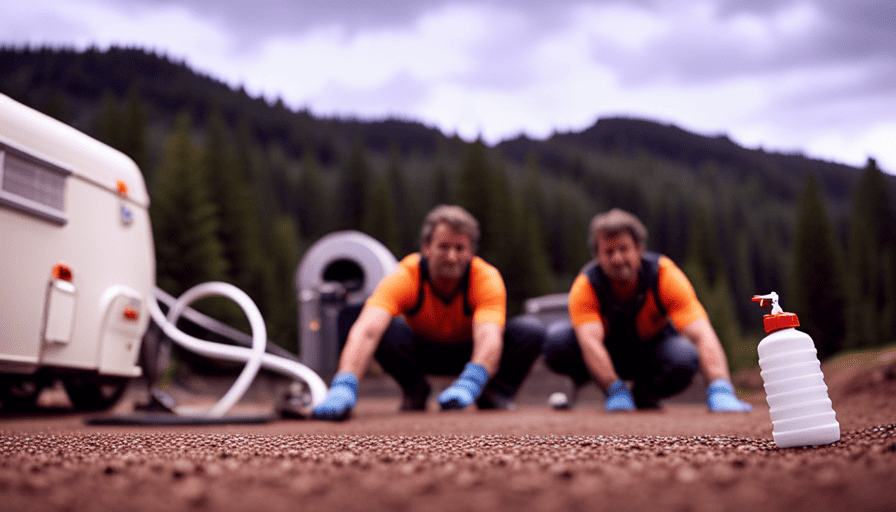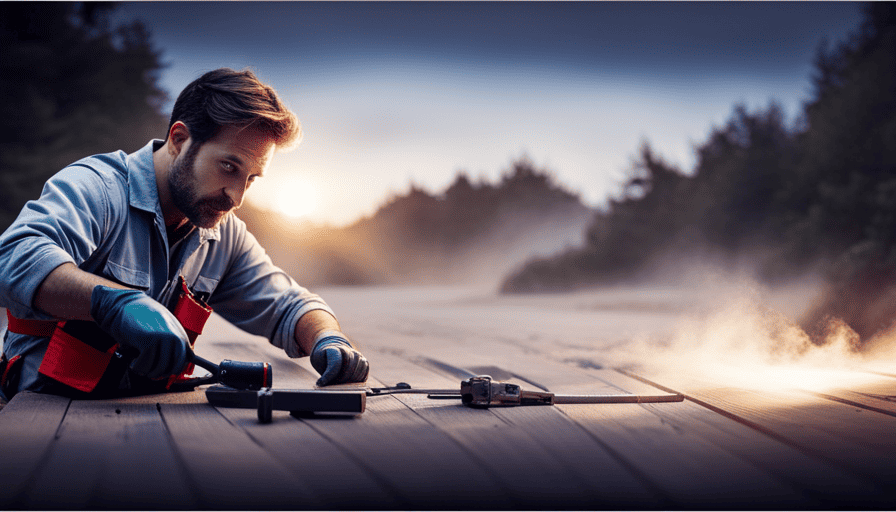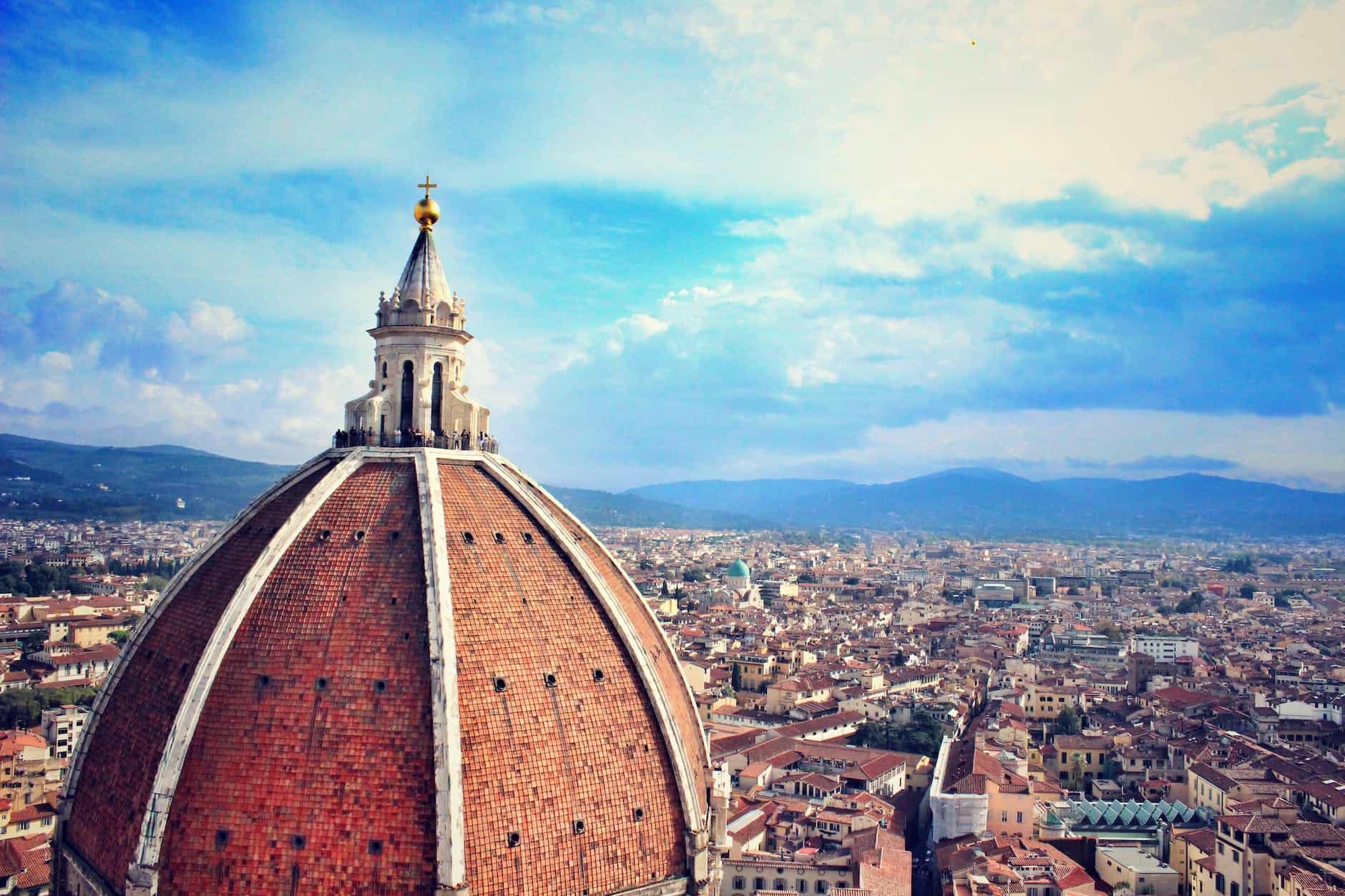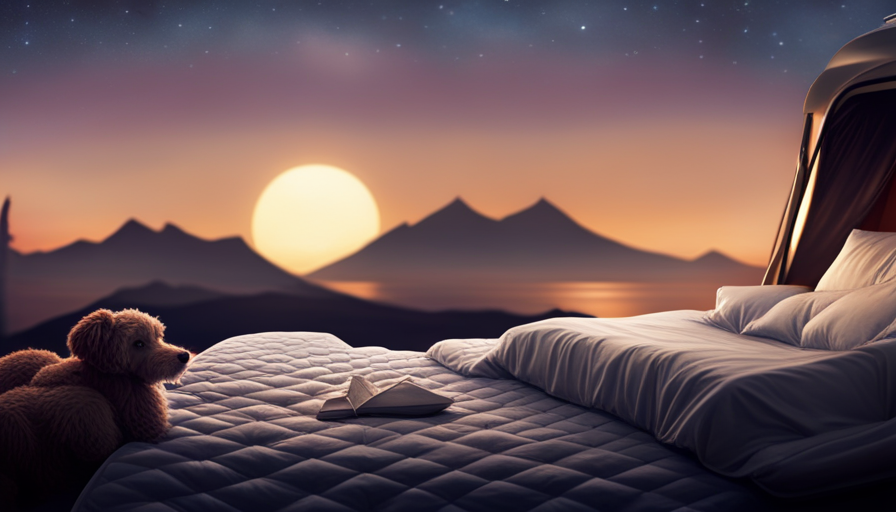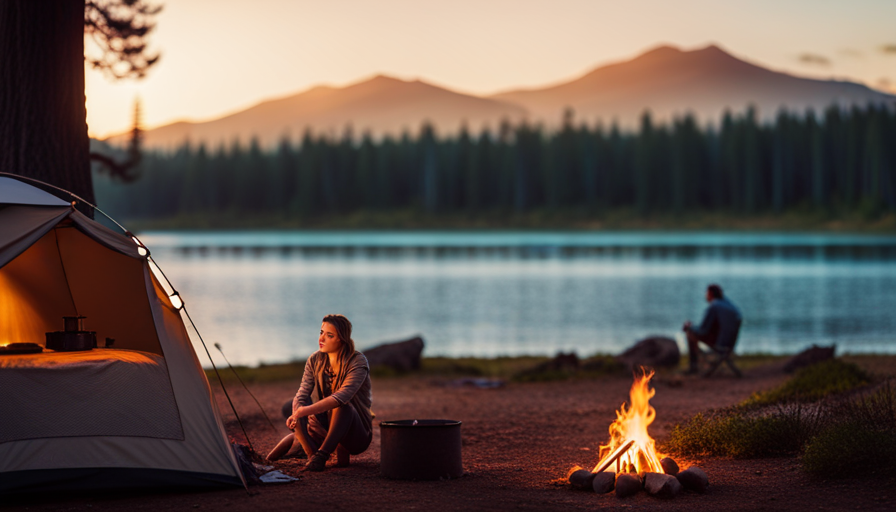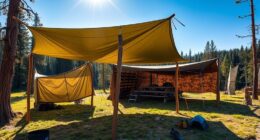Imagine this scenario: you are traveling, discovering unfamiliar territories, and relishing the liberties offered by life in a camper. However, as your journey progresses, there inevitably arises the less enjoyable chore of draining your camper’s tanks. It’s akin to caring for the core of your portable abode, making sure it remains tidy and operational.
Just like a surgeon carefully operates on a patient, I will guide you through the process of emptying camper tanks, step by step. From gathering the necessary equipment to disposing of waste properly, I’ll share my knowledge and experience with you.
With this informative guide, you’ll learn how to locate the dump station, prepare the sewer hose, and properly empty the black and gray water tanks. So, let’s dive in and tackle this task head-on, ensuring your camper remains a clean and comfortable haven as you continue your journey.
Key Takeaways
- Emptying camper tanks is important for cleanliness and functionality.
- Proper maintenance and regular cleaning of camper tanks are necessary to prevent odor buildup and ensure longevity.
- Locate a dump station before emptying tanks and follow local regulations for safe disposal.
- Use the appropriate equipment and safety precautions when emptying camper tanks, including wearing protective clothing and ensuring proper ventilation.
Gather the necessary equipment
Before you head out to empty your camper tanks, make sure you’ve gathered all the necessary equipment, like a sturdy hose and a pair of heavy-duty gloves. Having the right equipment is essential for a smooth and efficient tank emptying process.
To help you get started, here’s a simple equipment checklist:
-
Sturdy hose: Choose a high-quality hose that’s specifically designed for RV use. It should be long enough to reach the dump station from your camper and have a tight seal to prevent any leaks.
-
Heavy-duty gloves: Protect your hands from any potential spills or contamination by wearing a pair of durable gloves. Opt for gloves that are chemical-resistant and provide a good grip.
-
Wrench or pliers: Sometimes, you might encounter stubborn connections that require extra force to loosen. Keep a wrench or pliers handy to assist with any tight fittings.
In addition to gathering the necessary equipment, it’s crucial to follow safety precautions. Always wear protective clothing, including long sleeves and closed-toe shoes, to protect yourself from splashes and spills. Additionally, ensure proper ventilation by opening windows or vents while emptying the tanks.
Now that you have all the equipment ready, let’s move on to the next step: locating the dump station.
Locate the dump station
After a long day of adventuring, finding the oasis where your RV can quench its thirst is like stumbling upon a hidden treasure. When it comes to emptying camper tanks, locating the dump station is crucial.
Not all campsites have dump stations, so it’s important to find alternative options nearby. Some gas stations, rest areas, and RV parks offer dump stations for a small fee. Here are a few tips for using dump stations efficiently:
-
Plan ahead: Research and locate dump stations along your route before you embark on your adventure.
-
Timing is key: Avoid peak hours or weekends when dump stations tend to be crowded. Opt for early mornings or midweek visits for a quicker and hassle-free experience.
-
Come prepared: Make sure you have all the necessary equipment, such as gloves, a sewer hose, and disinfectant wipes, to ensure a clean and safe process.
Finding the perfect dump station can be a game-changer for RV enthusiasts. It saves time and keeps your camper tanks in top shape.
Now that you know how to locate the dump station, let’s move on to preparing the sewer hose for a seamless dumping process.
Prepare the sewer hose
When it’s time to get down and dirty with your RV’s waste disposal, preparing the sewer hose is a crucial step in ensuring a smooth and hassle-free dumping process. Knowing how to properly attach the sewer hose and avoiding common sewer hose mistakes can save you from messy accidents and unpleasant odors.
To begin, locate the sewer outlet on your camper and remove the cap. Next, take your sewer hose and connect one end securely to the sewer outlet. Make sure it fits tightly to prevent any leaks. If your hose doesn’t come with attachments, you may need to purchase a sewer hose adapter to connect it properly.
Once the hose is attached, extend it towards the dump station, making sure it is straight and free from any kinks or bends. This will ensure a smooth flow of waste. Avoid any sharp turns or loops in the hose, as it can cause clogs and backups.
Double-check all the connections to ensure they are tight and secure. This will prevent any leaks or accidental disconnections during the dumping process.
Now that the sewer hose is properly prepared, you’re ready to move on to emptying the black water tank, which we’ll discuss in the next section.
Empty the black water tank
To effectively dispose of waste from your RV, you’ll want to ensure that your black water tank is properly emptied, preventing any potential messes or foul odors. The first step in emptying your black water tank is to locate a dump station. These stations are specifically designed for RV waste disposal and are equipped with the necessary facilities to safely empty your tanks. Once you’ve found a dump station, it’s time to prepare your sewer hose.
To prepare the sewer hose, make sure it is securely connected to the RV’s waste outlet and the dump station’s inlet. This will ensure a tight seal and prevent any leaks or spills. Additionally, it’s important to wear gloves and take necessary precautions to protect yourself from contact with waste.
Now that your sewer hose is properly connected, it’s time to open the black water tank valve. This will allow the waste to flow through the hose and into the dump station. Be patient and allow the tank to fully empty before closing the valve.
Incorporating a 2 column and 5 row table, here is a breakdown of the steps to empty the black water tank:
| Steps to Empty the Black Water Tank |
|---|
| 1. Locate a dump station |
| 2. Prepare sewer hose |
| 3. Connect hose to RV and dump station |
| 4. Open black water tank valve |
| 5. Allow tank to fully empty |
To ensure a thorough waste disposal process, it is important to flush and clean the black water tank. This will help remove any remaining waste and prevent buildup.
Flush and clean the black water tank
Maintaining a clean and odor-free RV experience is crucial, so let’s dive into how you can efficiently flush and clean your black water tank. Properly sanitizing the black water tank is essential to prevent any unpleasant odors and ensure a hygienic camping experience.
To start, make sure you’ve got the necessary tools: a hose with a built-in backflow preventer, rubber gloves, and a tank cleaning wand. Begin by emptying the tank completely, following the instructions from the previous section. Once it’s empty, close the drain valve and fill the tank with fresh water, leaving some space for the cleaning solution.
Next, add a black tank cleaner or a mixture of water and bleach into the tank. The recommended ratio is 1/4 cup of bleach per 15 gallons of water. Allow the solution to sit for at least 15 minutes to break down any residue and kill bacteria.
After the designated time, use the tank cleaning wand to thoroughly agitate the solution, making sure it reaches all corners of the tank. This’ll help dislodge any stubborn debris and ensure a thorough cleaning.
Once you’re finished cleaning, drain the tank again and rinse it with fresh water until the water runs clear. Remember to empty the gray water tank as well to complete the cleaning process.
By following these steps and regularly cleaning your black water tank, you can prevent odors and maintain a sanitary RV experience. Now, let’s move on to the next section and learn how to empty the gray water tank.
Empty the gray water tank
Now it’s time to rid your RV of the accumulated gray water and embrace a fresher, more pristine camping experience. Here are three important steps to ensure your gray water tank remains odor-free and trouble-free.
-
Proper Ventilation: To prevent unpleasant odors from infiltrating your camper, make sure the gray water tank is properly vented. This allows the gases to escape, keeping your RV smelling fresh. Check the vents regularly to ensure they’re clear and functioning correctly.
-
Regular Maintenance: To avoid any potential issues with your gray water tank, it’s crucial to perform routine maintenance. This includes regularly flushing the tank with clean water and using environmentally-friendly tank treatments. Additionally, always remember to keep the tank closed when not in use to prevent debris and odors from entering.
-
Troubleshooting: If you encounter any problems with your gray water tank, such as blockages or slow drainage, there are a few troubleshooting steps you can take. First, check for any clogs in the pipes or valves. If necessary, use a specialized gray water tank cleaner to dissolve any stubborn build-up. Additionally, inspect the tank sensors and connections for any signs of damage or malfunction.
By following these steps, you can prevent gray water tank odors and troubleshoot any potential issues that may arise. Now, let’s move on to the next section, where we’ll discuss how to flush and clean the gray water tank.
Flush and clean the gray water tank
Ensure a fresh and odor-free camping experience by giving your gray water tank a thorough flush and clean. Cleaning your gray water tank regularly is essential to maintain its functionality and prevent any unpleasant odors. There are several effective cleaning methods you can use, including both commercial products and eco-friendly options.
One eco-friendly option is to use a mixture of vinegar and baking soda. Simply pour a cup of vinegar and half a cup of baking soda into the tank, followed by a few gallons of hot water. Let the mixture sit for about 30 minutes before rinsing it out. This combination will help remove any stubborn residue and eliminate odors.
Another method is to use enzyme-based tank treatments. These products contain beneficial bacteria that break down waste and eliminate odors naturally. They are safe for the environment and can be easily found at camping supply stores.
To make the cleaning process more enjoyable and relatable, here’s a table comparing the different cleaning methods:
| Cleaning Method | Description |
|---|---|
| Vinegar and Baking Soda | Eco-friendly option that removes residue and odors |
| Enzyme-Based Tank Treatments | Natural, bacteria-based products that break down waste |
By properly cleaning your gray water tank, you can ensure a hassle-free camping experience. Once you have finished cleaning, it’s time to disconnect and store the sewer hose, ensuring it is properly sealed to prevent any leaks or odors.
Disconnect and store the sewer hose
To maximize your camping experience and avoid any unpleasant surprises, it’s time to handle the next step: disconnecting and properly storing the sewer hose. Disconnecting the sewer hose is a crucial part of maintaining a clean and sanitary camper. First, make sure to wear gloves to protect yourself from any potential contamination.
Locate the connection point between the sewer hose and the RV’s waste outlet. Twist the hose counterclockwise to loosen it and gently pull it away from the outlet. Be careful not to spill any waste during this process.
Once the hose is disconnected, it’s important to properly store it to prevent any leaks or odors. Start by rinsing the hose thoroughly with clean water to remove any remaining waste. Then, coil the hose into a compact shape, making sure there are no kinks or bends. Secure it with zip ties or hose clamps to keep it in place. Store the hose in a designated compartment or storage bag, away from other camping gear or food items.
Now that the sewer hose is safely stored, you can move on to the next step: disposing of waste properly. It’s essential to follow local regulations and campground rules when it comes to waste disposal.
Dispose of waste properly
Once you’ve bid farewell to the remnants of your outdoor adventure, it’s time to release Mother Nature from the grip of your camper’s waste. Proper waste disposal is crucial not only for the environment but also for the well-being of fellow campers. Here are three essential steps to ensure you dispose of waste properly:
-
Locate the designated dumping station: Before hitting the road, research and identify the nearest dumping station along your route. These facilities are specifically designed to handle camper waste in an environmentally friendly manner. Once you arrive, follow the posted instructions and guidelines for safe disposal.
-
Empty the tanks methodically: Start by emptying the black water tank first, as it contains solid waste and is more challenging to clean. Next, empty the gray water tank, which contains soapy water from showers and sinks. Be mindful of any local regulations regarding the disposal of gray water, as some areas require it to be disposed of differently.
-
Rinse and clean the tanks: After emptying the tanks, thoroughly rinse them to remove any remaining waste. Use a dedicated hose for this task and ensure the water flows directly into the designated drain. Cleaning the tanks regularly helps prevent odor buildup and ensures their longevity.
Proper waste disposal is just one aspect of maintaining a clean and functional camper. Practice regular maintenance and cleaning to keep your camper in top shape.
Now, let’s delve into the next section and explore how to practice regular maintenance and cleaning for your camper.
Practice regular maintenance and cleaning
Now, let’s dive into the importance of staying on top of regular maintenance and cleaning for your beloved camper. Regular maintenance is crucial to ensure the longevity and efficiency of your camper’s tanks. By practicing regular maintenance, you can prevent any potential issues that may arise from neglect or improper care.
One essential aspect of regular maintenance is cleaning the camper tanks. This process involves removing any waste or debris that has accumulated over time. A dirty tank not only leads to unpleasant odors but can also result in clogs and system malfunctions. To effectively clean your camper tanks, here are a few techniques you can employ:
-
Flushing with clean water: This involves filling the tanks with freshwater and then draining it out, repeating the process until the water runs clear.
-
Using tank-cleaning products: There are various tank-cleaning products available in the market that can help dissolve waste and eliminate odors. Follow the instructions provided by the manufacturer for optimal results.
-
Scrubbing and rinsing: Physically scrubbing the tank surfaces with a brush can help remove stubborn residues. Rinse thoroughly afterward to ensure no cleaning agents are left behind.
By incorporating these cleaning techniques into your regular maintenance routine, you can keep your camper tanks in excellent condition, ensuring a hassle-free and enjoyable camping experience. Remember, a well-maintained camper is a happy camper!
Frequently Asked Questions
How often should I empty my camper tanks?
When it comes to the proper maintenance of camper tanks, it’s essential to address the question of how often you should flush them.
Regularly emptying your camper tanks is not only necessary but highly recommended. By doing so, you ensure the hygiene and functionality of your camper’s plumbing system.
It’s advisable to empty the tanks at least once every few days or whenever they reach a significant capacity to avoid any unpleasant surprises.
Can I empty my camper tanks at any dump station?
Yes, you can empty your camper tanks at any dump station, but there are certain requirements you should be aware of. Many dump stations have specific guidelines regarding the disposal of camper tanks, such as using designated areas and following proper procedures. It’s important to check the dump station’s rules before emptying your tanks.
Additionally, there are alternative tank disposal methods available, such as portable waste tanks or sewer connections at campgrounds.
What should I do if there is a clog in the sewer hose?
Dealing with a clogged sewer hose can be a real bummer when you’re out enjoying your camper. But fear not, I’ve got some tips for you when it comes to sewer hose maintenance and troubleshooting those pesky clogs.
First, check for any obstructions by gently running water through the hose. If that doesn’t work, try using a sewer hose support to create a downward slope, allowing gravity to do its job.
And if all else fails, a sewer hose flush can help clear any stubborn blockages.
Are there any specific cleaning products I should use to flush and clean the tanks?
When it comes to cleaning and maintaining camper tanks, there are a few cleaning product recommendations and tank maintenance tips that can help keep your tanks in great condition.
To flush and clean the tanks, I recommend using a specialized RV tank cleaner, which is designed to break down waste and eliminate odors. It’s important to follow the instructions on the cleaner and use it regularly to prevent clogs and buildup.
Additionally, regularly flushing the tanks with clean water and using enzyme treatments can also help maintain the tanks’ cleanliness.
How do I know if my camper tanks are completely empty?
To ensure my camper tanks are completely empty, I rely on a simple trick. After emptying the tanks, I pour a bucket of water down the toilet and listen closely. If I hear a gurgling sound, it means there’s still water in the tanks.
To properly clean the tanks, I follow a few steps. First, I use a specialized RV tank cleaner to break down waste and eliminate odors. Then, I flush the tanks thoroughly with water, making sure to prevent clogs by using RV-friendly toilet paper and avoiding dumping grease or harsh chemicals down the drains.
Is Emptying Camper Tanks a Necessary Step in Evicting Someone from my Property?
Is emptying camper tanks a necessary step in evicting a camper from your property? When it comes to evicting a camper from your property, the focus should be on legal procedures rather than the technicalities of emptying tanks. Consult local laws and regulations to ensure you follow the correct legal process for evicting a camper.
Conclusion
In conclusion, emptying camper tanks may seem like a daunting task, but with the right equipment and knowledge, it can be a smooth and efficient process.
Just like maintaining our camper tanks, taking care of our own personal well-being is also important. Just as we flush and clean our tanks regularly, we should also take time to flush out negativity from our lives and clean our minds from stress and worries. By doing so, we can ensure a happy and balanced life on the road.
Safe travels!

